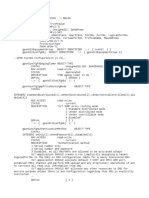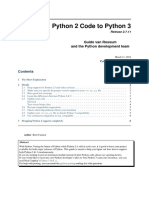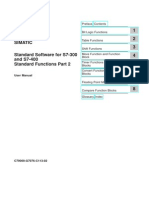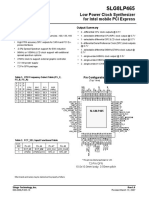0% found this document useful (0 votes)
111 views7 pagesClass 9 IT Part A Unit 3 ICT-I Notes
The document provides comprehensive notes on Information and Communication Technology (ICT) for Class 9, covering its definition, role, importance, advantages, and disadvantages. It includes details about mobile devices, computer components, data representation, and internet services, as well as explanations of various terms like email, web browsers, and blogs. Additionally, it highlights the differences between various technologies and their functionalities.
Uploaded by
aruaru4500Copyright
© © All Rights Reserved
We take content rights seriously. If you suspect this is your content, claim it here.
Available Formats
Download as PDF, TXT or read online on Scribd
0% found this document useful (0 votes)
111 views7 pagesClass 9 IT Part A Unit 3 ICT-I Notes
The document provides comprehensive notes on Information and Communication Technology (ICT) for Class 9, covering its definition, role, importance, advantages, and disadvantages. It includes details about mobile devices, computer components, data representation, and internet services, as well as explanations of various terms like email, web browsers, and blogs. Additionally, it highlights the differences between various technologies and their functionalities.
Uploaded by
aruaru4500Copyright
© © All Rights Reserved
We take content rights seriously. If you suspect this is your content, claim it here.
Available Formats
Download as PDF, TXT or read online on Scribd
/ 7




















































































